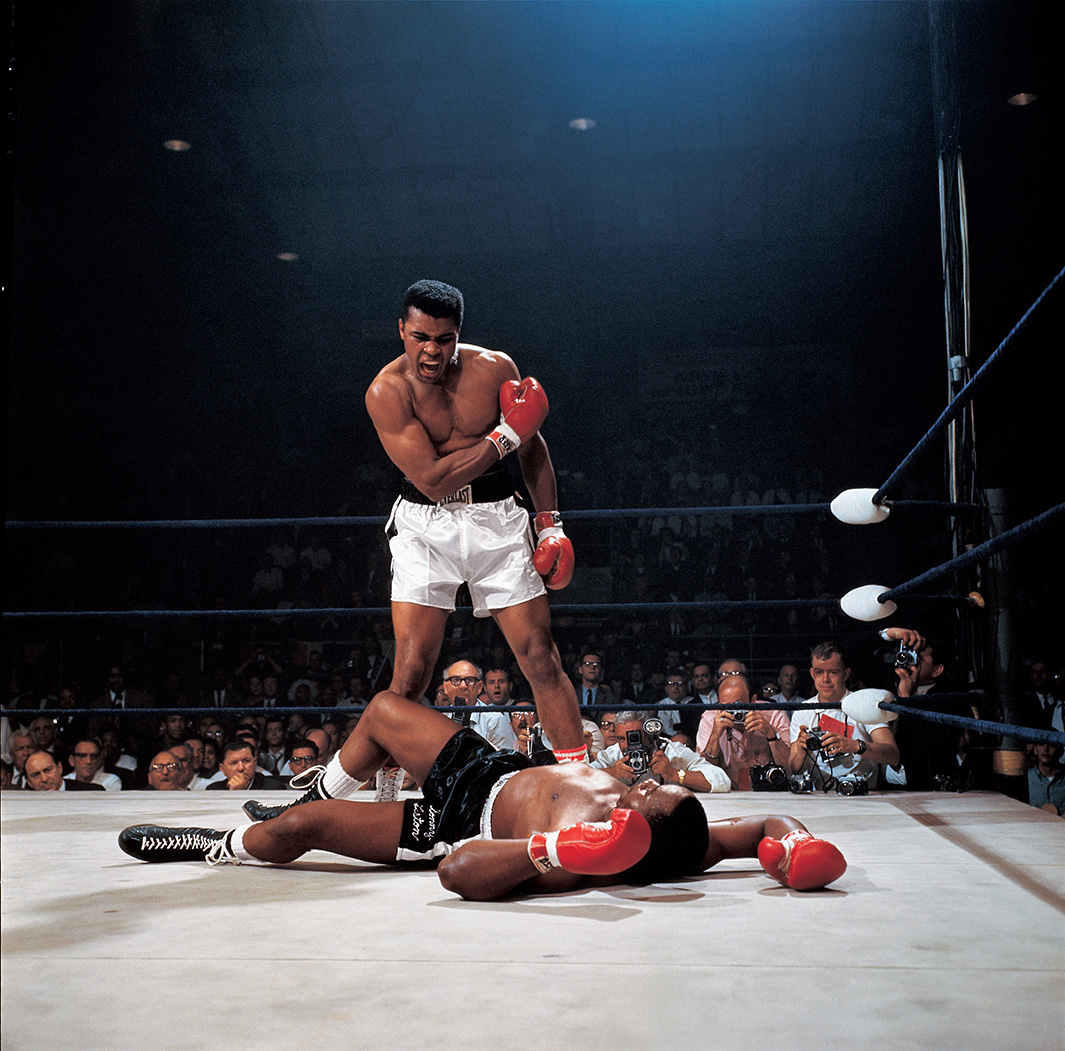Topic 1:
I consider this my best photo because it kind of blends everything I learned about the class together. It's well focused, the cropping is good, the lighting is interesting, I'm stopping the action of his free throw, and it acts as a pretty good candid portrait. It's also one of those photos I consider lucky to have gotten because shooting at night is near impossible and this one turned out pretty good. I think I have improved greatly in photo journalism. I'm less timid about getting closer to the subject or asking for names, than the nervous blob I was beforehand. I feel like all phases of my photography has improved, because if you look at my first few assignments you can tell I wasn't doing that great, compare that to some of my most recent assignments and I feel there is obvious improvement, though there is always room for more.
Topic 2
- I want to have 5-10 photos featured in the Commuter.
- I want to have a better understanding of photography terminology and how to apply them to my photography.
- I want to get a cover photo for the Commuter
- I'd have to go through and check but I think I came pretty damn close to 10 photos published and easily eclipsed 5 photos. That mainly came from the fact that I work at the Commuter and I would shoot photos to accompany my writing pieces.
- I feel like through the classes and working with my camera I better developed my understanding of depth of field and doing most of the editing in the camera. I still have much more to learn though and I'm excited to keep shooting for the Commuter.
- I was not able to get a cover photo for the commuter but I came close when I was shooting for the play "The Actor's Nightmare." I'm convinced that if I had a telephoto lens when I was shooting for that story, instead of a wide angle lens, I would've been able to capture a much more effective photo that would've been featured on the cover. Although Angela Scott's photo that made the cover was incredible so, maybe not.

















